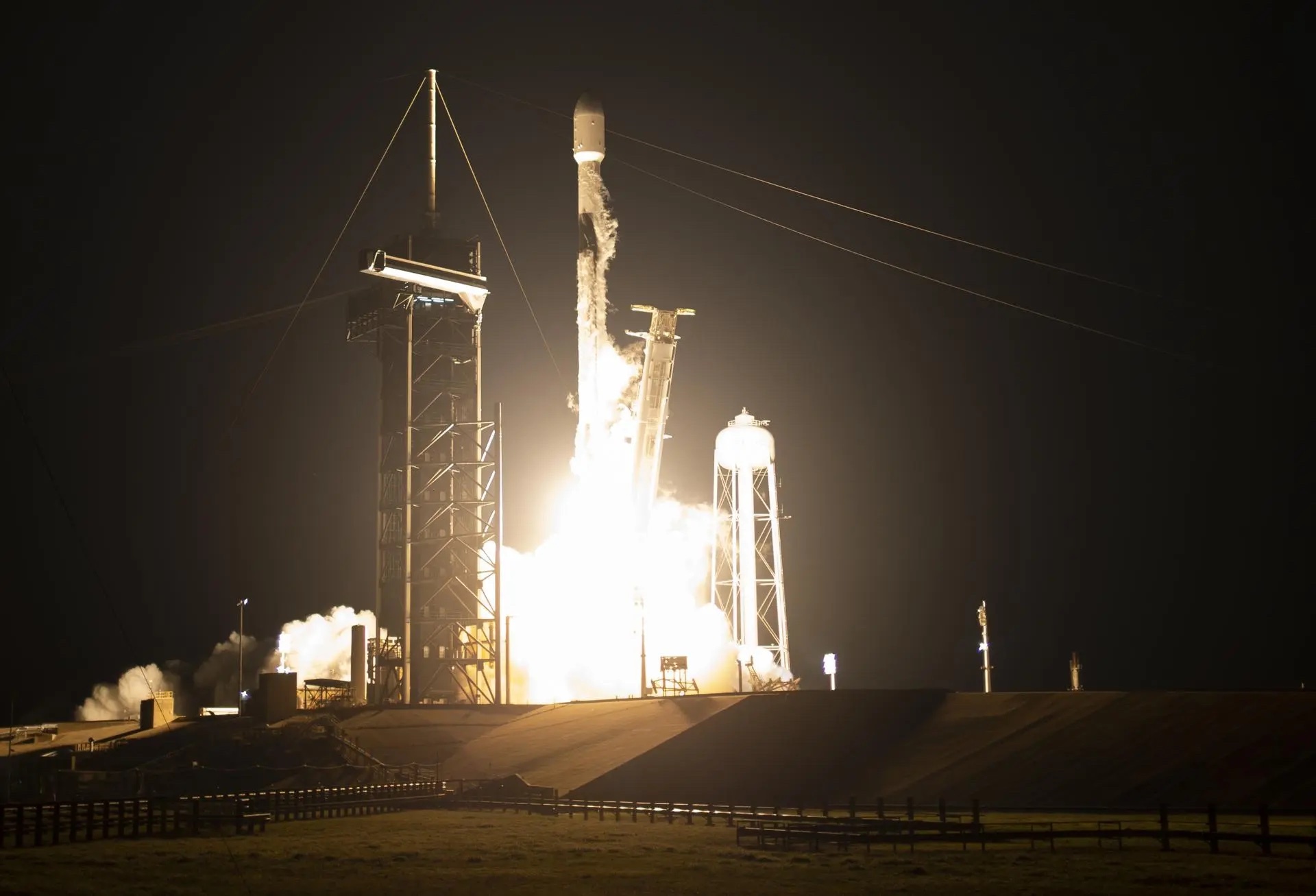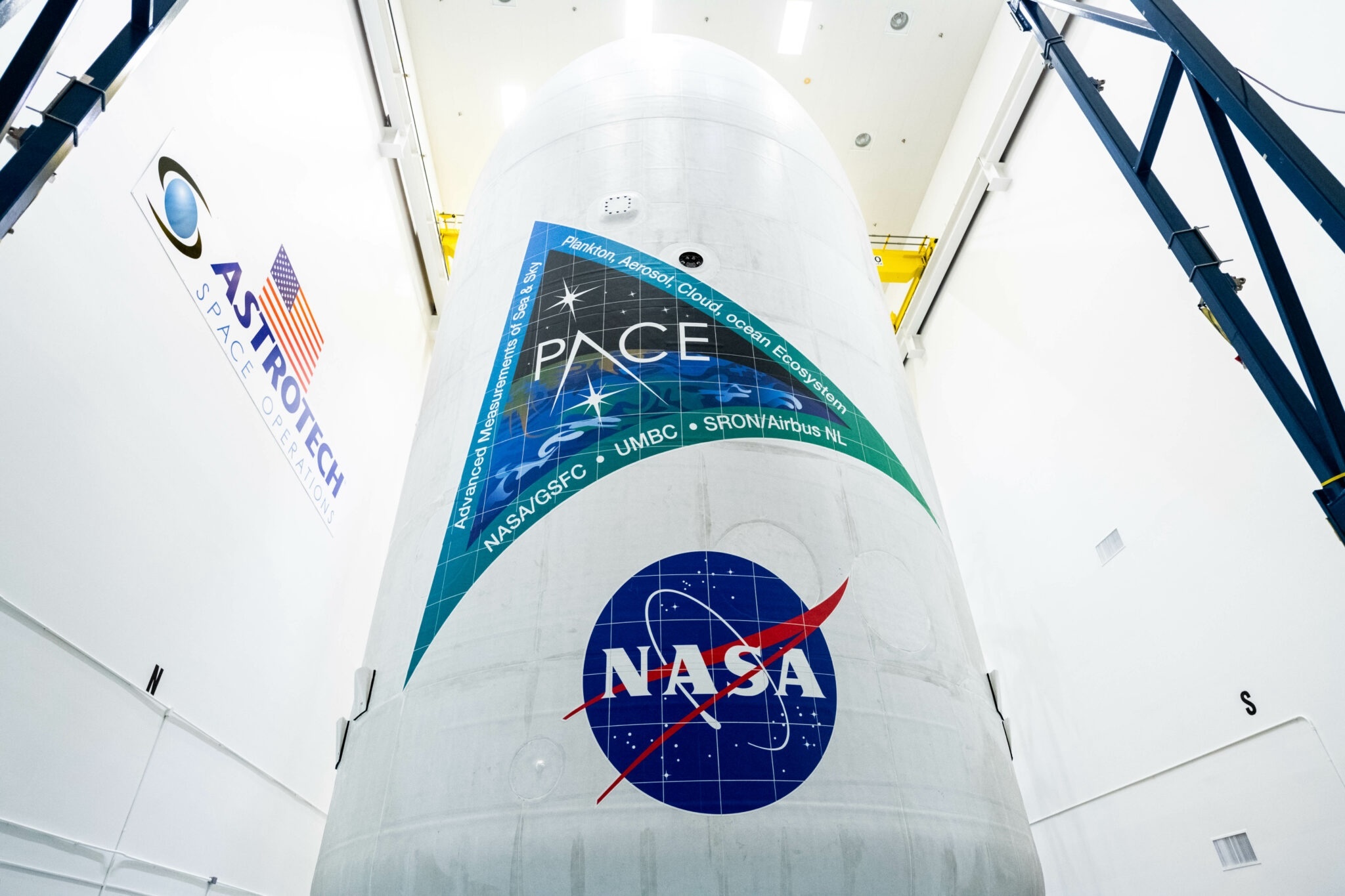NASA, SpaceX, and PACE (Plankton, Aerosol, Cloud, ocean Ecosystem) mission managers met today, Thursday, Feb. 1, to conduct a Flight Readiness Review at the agency’s Kennedy Space Center in Florida. During the review, teams provided an update on the mission status and certified the readiness to initiate final launch preparation activities.
Once launched, PACE will use three instruments called the Ocean Color Instrument, Spectro-polarimeter for Planetary Exploration, and the Hyper-Angular Rainbow Polarimeter No.2 to collect data on clouds, aerosols, and phytoplankton growth that can determine ocean color. Measuring the color and amount of light will help scientists better understand the types and locations of microscopic algae, which are vital to the health of Earth’s oceans and its marine life. PACE will contribute to NASA’s more than 20 years of global satellite observations of ocean biology and key measurements related to air quality and climate.
Up next, SpaceX will roll the fully integrated Falcon 9 rocket carrying the encapsulated PACE spacecraft to the launch pad at Space Launch Complex 40 at Cape Canaveral Space Force Station in Florida. Once vertical, the launch team will perform final checkouts ahead of liftoff scheduled for no earlier than 1:33 a.m. EST on Tuesday, Feb. 6.
NASA PACE spacecraft launch target faces windy, rainy forecast at Cape Canaveral
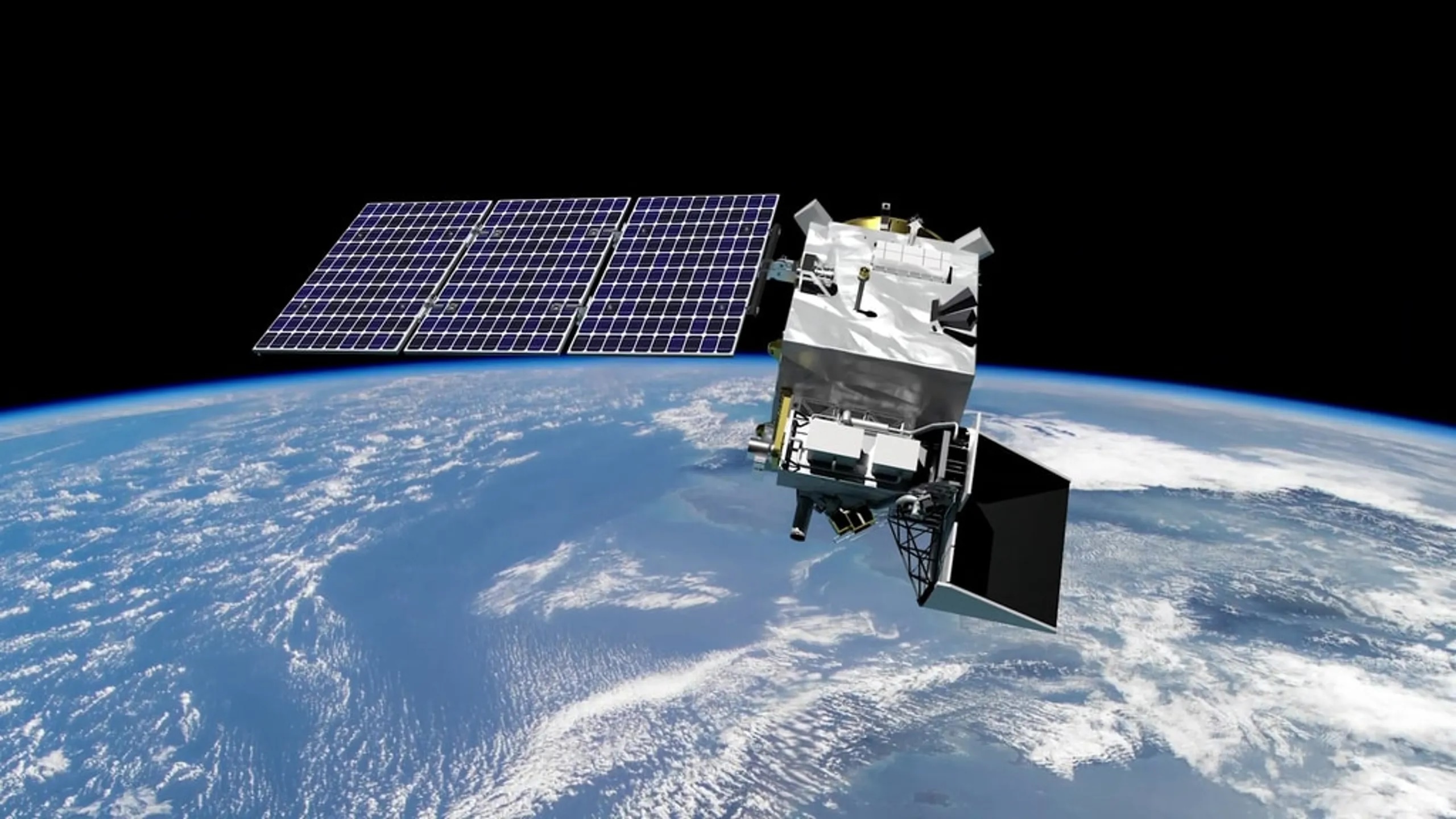
Will windy, rainy environmental conditions scrub NASA's PACE environmental-science spacecraft launch attempt early Tuesday morning from Cape Canaveral Space Force Station?
Keep a keen eye on the weather forecast.
NASA crews are targeting 1:33 a.m. EST Tuesday to launch the PACE observatory — which stands for Plankton, Aerosol, Cloud, ocean Ecosystem — atop a SpaceX Falcon 9 rocket from Launch Complex 40.
But the National Weather Service's soggy forecast calls for a 90% chance of showers Sunday at the Cape. Those precipitation odds only decrease to 50% Monday and Monday night.
Cape Canaveral: Take a peek at NASA's PACE spacecraft, which will study climate change and ocean health
And the Monday night forecast calls for a low around 55 and north-northwest wind of 15 to 25 mph — punctuated by gusts up to 35 mph.
"High rain chances with isolated thunderstorms will occur Sunday and again Monday. The primary threat will be occasional cloud to ground strikes, gusty winds and locally heavy rain. Small hail will be possible Monday due to very cold temperatures aloft," a NWS hazardous weather outlook said.
"As low pressure pulls east of the area Monday night and Tuesday, strong north winds will produce windy conditions along the coast and possible Gale conditions over the local Atlantic waters," the outlook said.
Quelle: Florida Today
+++
NASA Invites Public to Share in Excitement of PACE Mission Launch
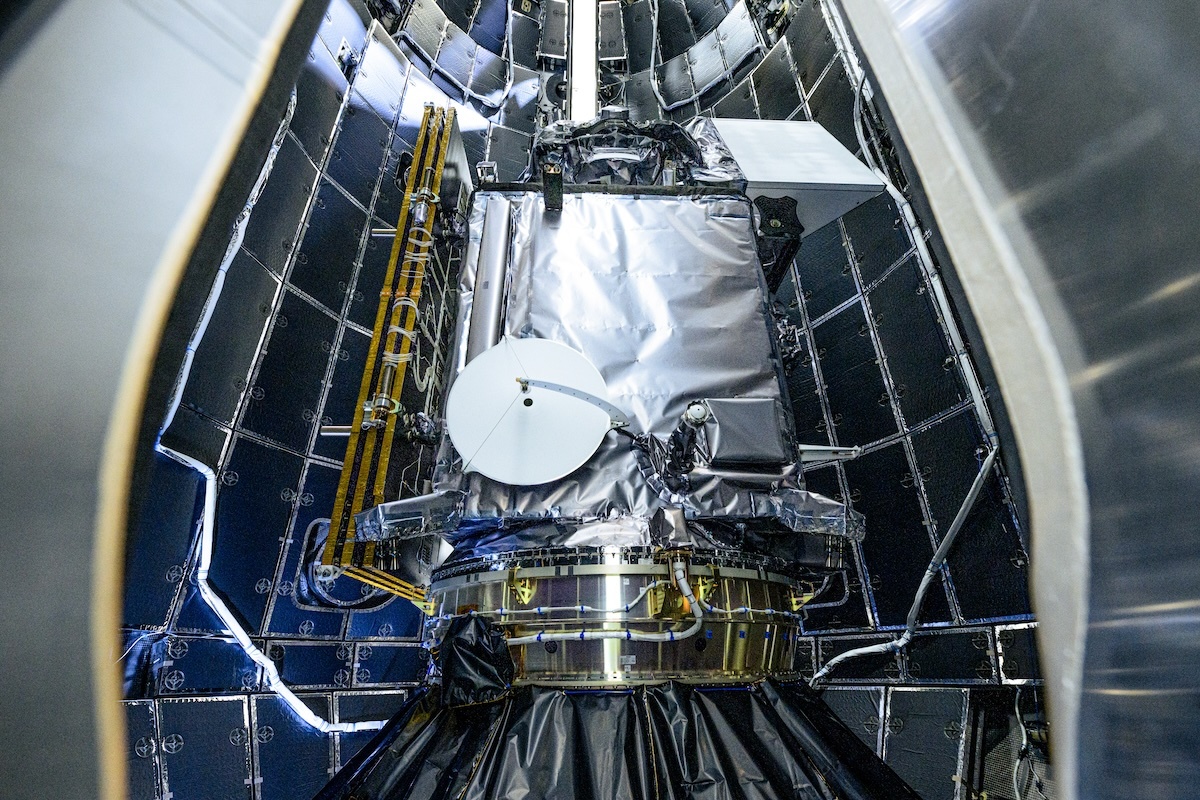
NASA is hosting virtual activities ahead of the launch of the PACE (Plankton, Aerosol, Cloud, ocean Ecosystem) mission and invites you to share in the fun. The PACE mission will help us better understand how the ocean and atmosphere exchange carbon dioxide, measure key atmospheric variables associated with air quality and Earth’s climate, and monitor ocean health, in part by studying phytoplankton, tiny plants and algae that sustain the marine food web. PACE will extend and expand NASA’s long-term observations of our living planet. By doing so, it will take Earth’s pulse in new ways for decades to come.
NASA’s PACE is scheduled to launch no earlier than 1:33 a.m. EST, Tuesday, Feb. 6, on a SpaceX Falcon 9 rocket from Space Launch Complex 40 at Cape Canaveral Space Force Station in Florida.
Members of the public can register to attend the launch virtually. As a virtual guest, you have access to curated resources, schedule changes, and mission-specific information delivered straight to your inbox. Following each activity, virtual guests will receive a commemorative stamp for their virtual guest passport.
Live launch coverage will begin at 12:45 a.m., Feb. 6, on NASA+, NASA Television, and theagency’s website. For more information about the PACE mission,
Quelle: NASA
----
Update: 5.02.2024
.
Startvorbereitung von NASA’s PACE Mission
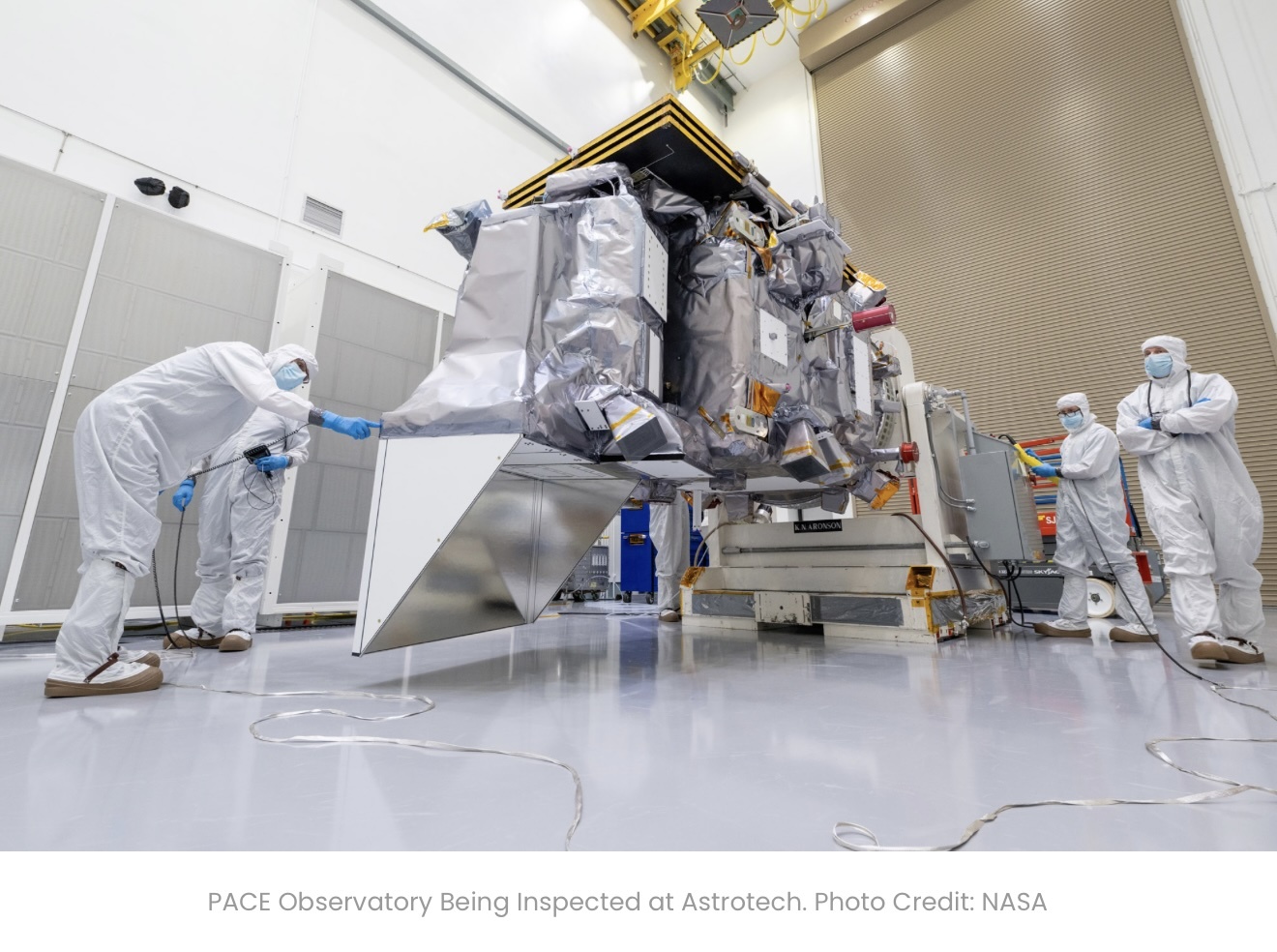
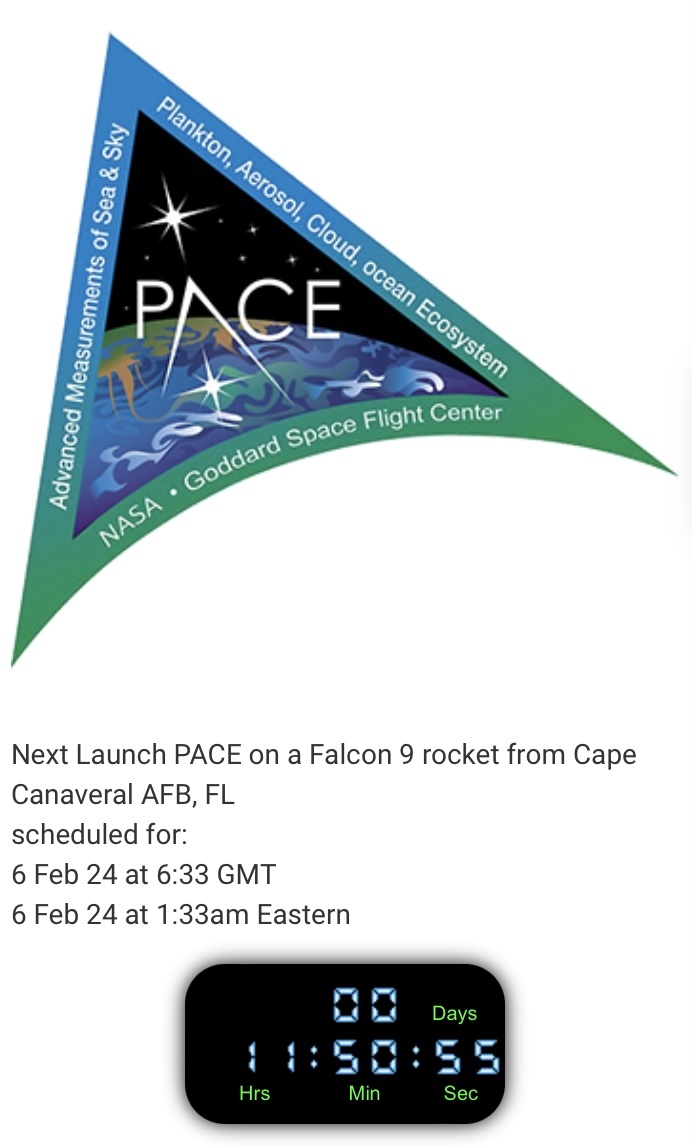
Quelle: AS
----
Update: 8.02.2024
.
NASA Launches New Climate Mission to Study Ocean, Atmosphere
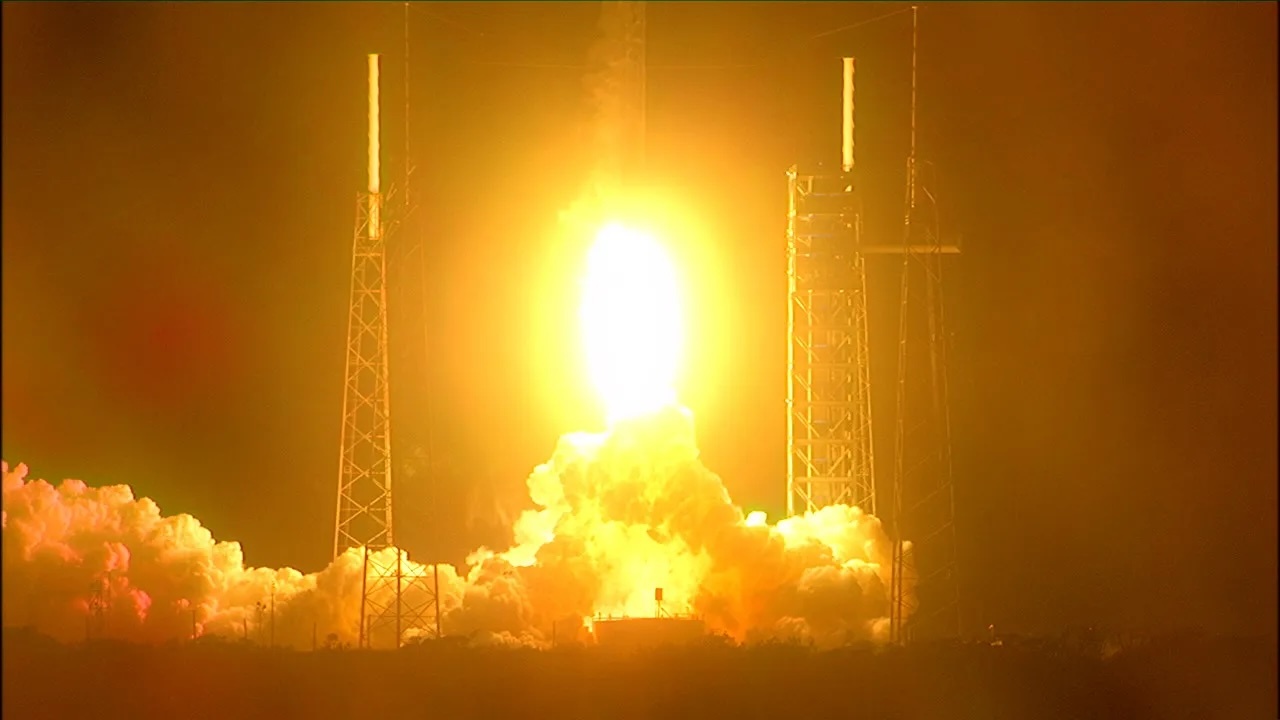
NASA’s satellite mission to study ocean health, air quality, and the effects of a changing climate for the benefit of humanity launched successfully into orbit at 1:33 a.m. EST Thursday.
Known as PACE, the Plankton, Aerosol, Climate, ocean Ecosystem satellite, launched aboard a SpaceX Falcon 9 rocket from Space Launch Complex 40 at Cape Canaveral Space Force Station in Florida. NASA confirmed signal acquisition from the satellite about five minutes after launch, and the spacecraft is performing as expected.
“Congratulations to the PACE team on a successful launch. With this new addition to NASA’s fleet of Earth-observing satellites, PACE will help us learn, like never before, how particles in our atmosphere and our oceans can identify key factors impacting global warming,” said NASA Administrator Bill Nelson. “Missions like this are supporting the Biden-Harris Administration’s climate agenda and helping us answer urgent questions about our changing climate.”
From hundreds of miles above Earth, the PACE mission will study the impact of tiny, often invisible things: microscopic life in water and microscopic particles in the air.
The satellite’s hyperspectral ocean color instrument will allow researchers to measure oceans and other waterbodies across a spectrum of ultraviolet, visible, and near-infrared light. This will enable scientists to track the distribution of phytoplankton and – for the first time from space – identify which communities of these organisms are present on daily, global scales. Scientists and coastal resource managers can use the data to help forecast the health of fisheries, track harmful algal blooms, and identify changes in the marine environment.
The spacecraft also carries two polarimeter instruments, Hyper-Angular Rainbow Polarimeter #2 and Spectro-polarimeter for Planetary Exploration. These will detect how sunlight interacts with particles in the atmosphere, giving researchers new information on atmospheric aerosols and cloud properties, as well as air quality at local, regional, and global scales.
With the combination of the instrument and the polarimeters, PACE will provide insights into the interactions of the ocean and atmosphere, and how a changing climate affects these interactions.
“Observations and scientific research from PACE will profoundly advance our knowledge of the ocean’s role in the climate cycle,” said Karen St. Germain, director, Earth Science Division, Science Mission Directorate, at NASA Headquarters in Washington. “The value of PACE data skyrockets when we combine it with data and science from our Surface Water and Ocean Topography mission – ushering in a new era of ocean science. As an open-source science mission with early adopters ready to use its research and data, PACE will accelerate our understanding of the Earth system and help NASA deliver actionable science, data, and practical applications to help our coastal communities and industries address rapidly evolving challenges.”
“It’s been an honor to work with the PACE team and witness firsthand their dedication and tenacity in overcoming challenges, including the global pandemic, to make this observatory a reality,” said Marjorie Haskell, PACE program executive at NASA Headquarters. “The passion and teamwork are matched only by the excitement of the science community for the data this new satellite will provide.”
Earth’s oceans are responding in many ways to climate change – from sea level rise to marine heat waves to a loss of biodiversity. With PACE, researchers will be able to study climate change’s effects on phytoplankton, which play a key role in the global carbon cycle by absorbing carbon dioxide from the atmosphere and converting it into their cellular material. These tiny organisms drive larger aquatic and global ecosystems that provide critical resources for food security, recreation, and the economy.
“After 20 years of thinking about this mission, it’s exhilarating to watch it finally realized and to witness its launch. I couldn’t be prouder or more appreciative of our PACE team,” said Jeremy Werdell, PACE project scientist at NASA’s Goddard Space Flight Center in Greenbelt, Maryland. “The opportunities PACE will offer are so exciting, and we’re going to be able to use these incredible technologies in ways we haven’t yet anticipated. It’s truly a mission of discovery.”
NASA’s Launch Services Program, based at the agency’s Kennedy Space Center in Florida, managed the launch services for the mission. The PACE mission is managed by NASA Goddard, which also built and tested the spacecraft and the ocean color instrument. The Hyper-Angular Rainbow Polarimeter #2 was designed and built by the University of Maryland, Baltimore County, and the Spectro-polarimeter for Planetary Exploration was developed and built by a Dutch consortium led by Netherlands Institute for Space Research, Airbus Defence, and Space Netherlands.
+++
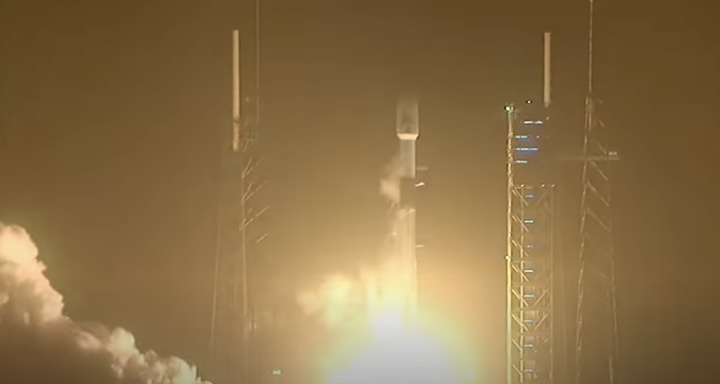
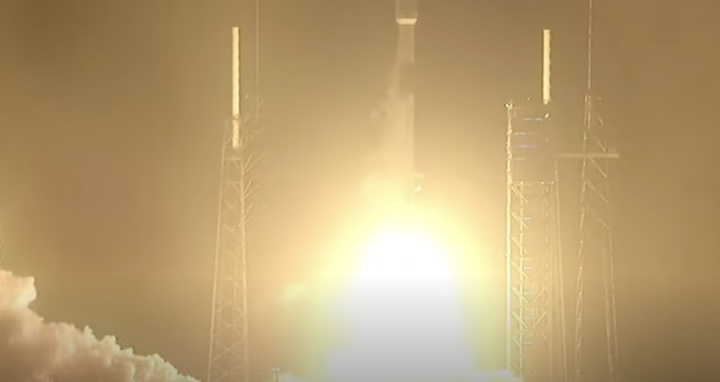
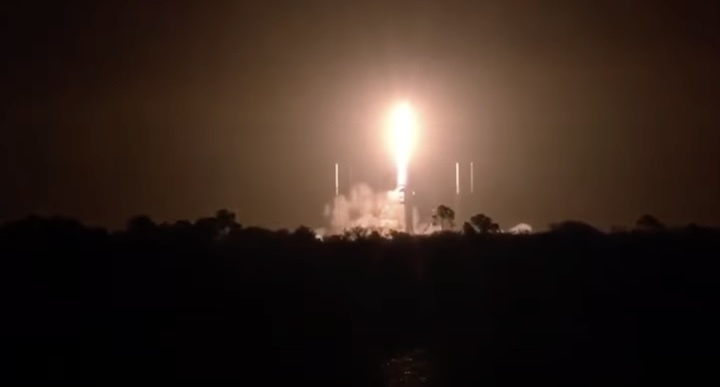
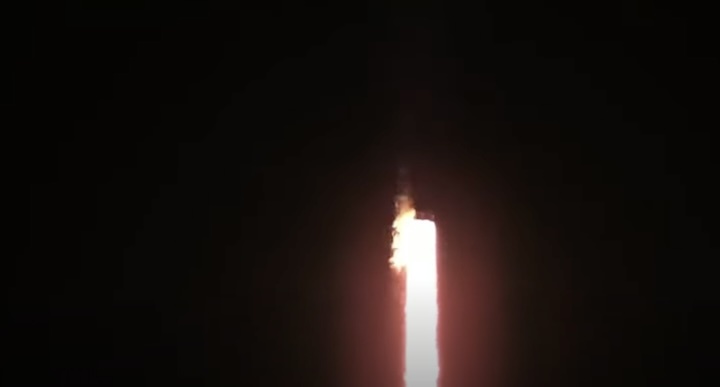
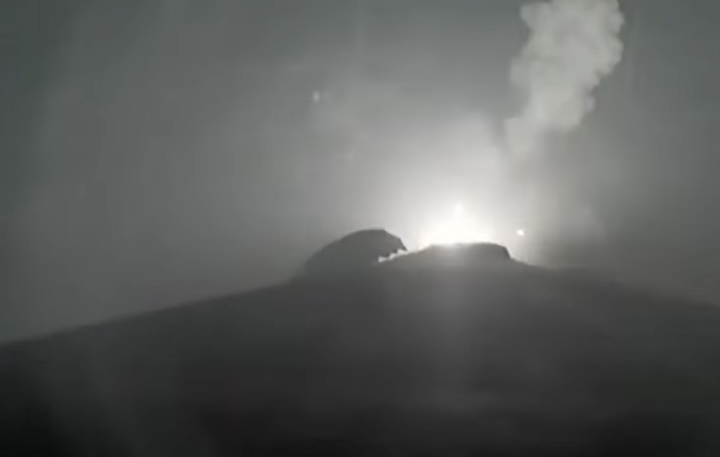
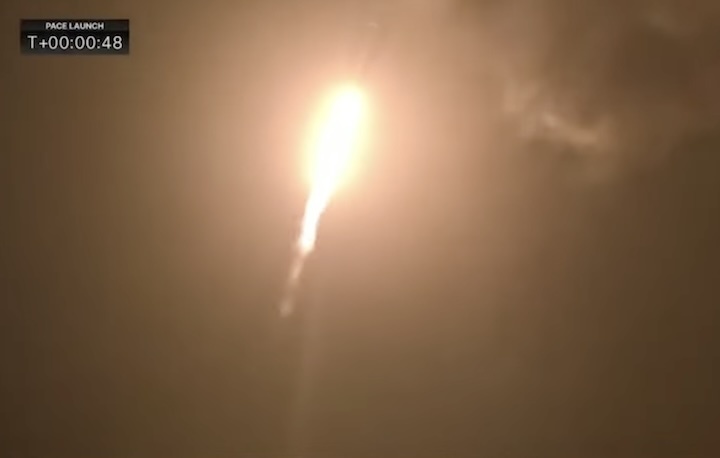
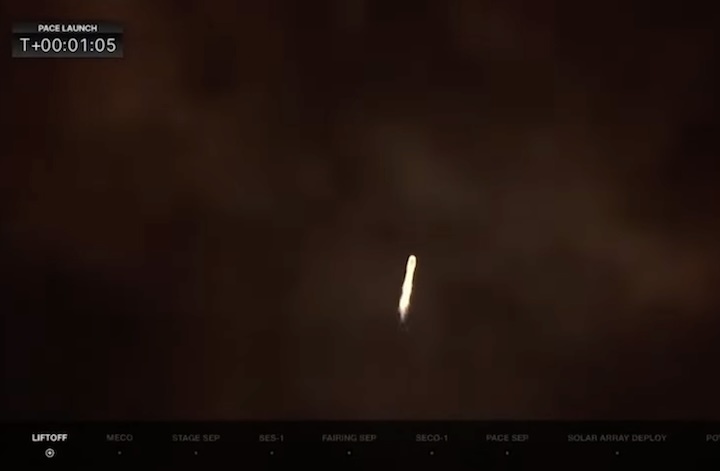
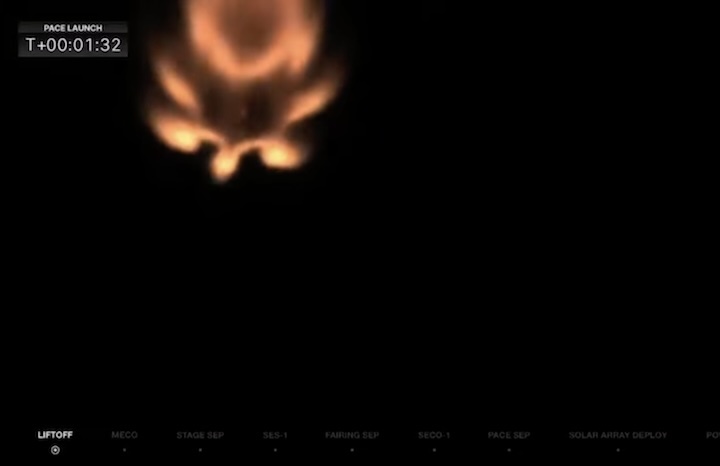
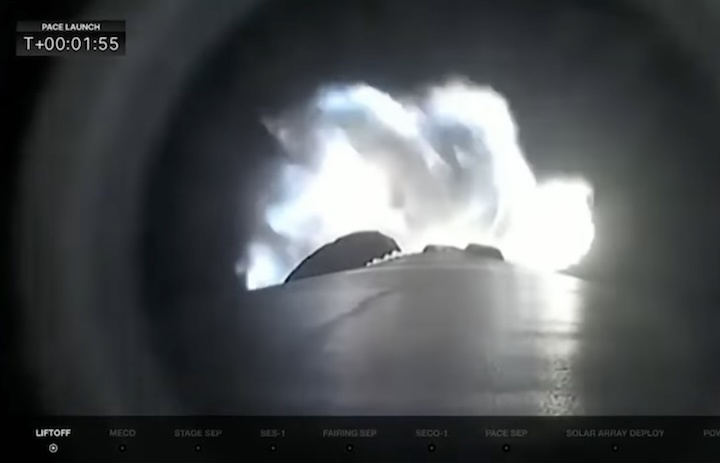
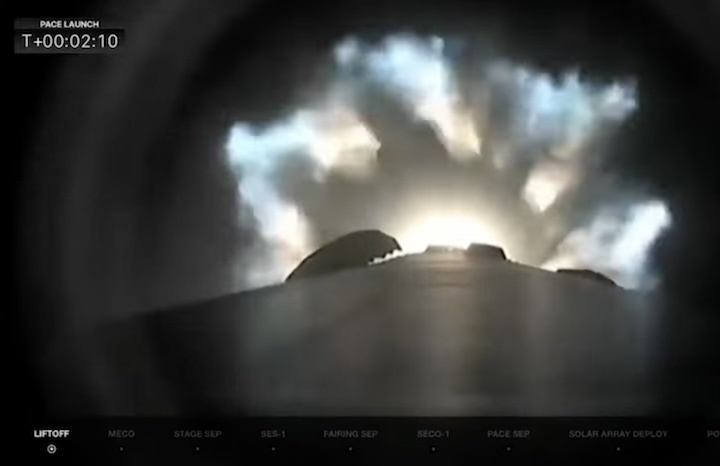
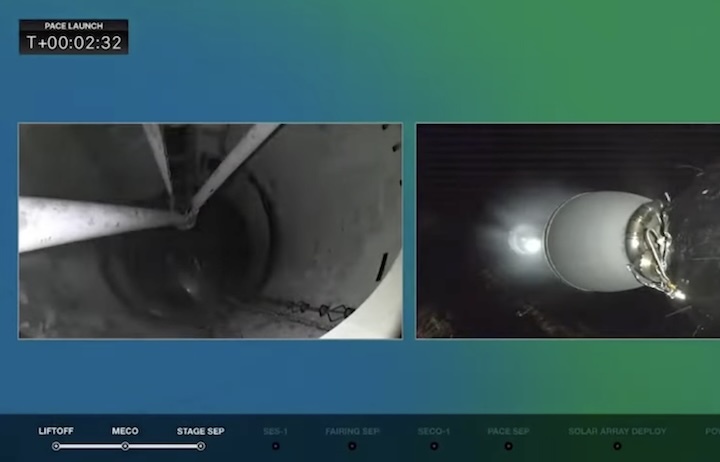
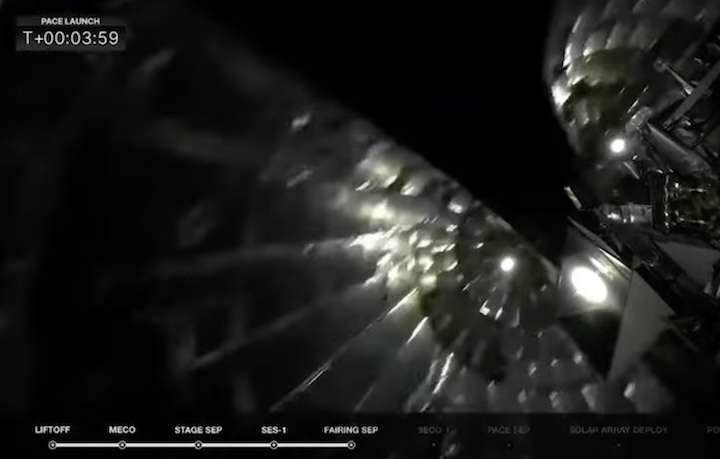
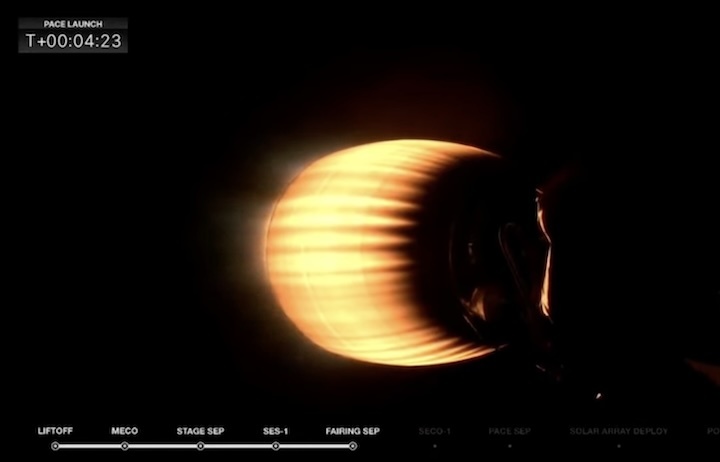
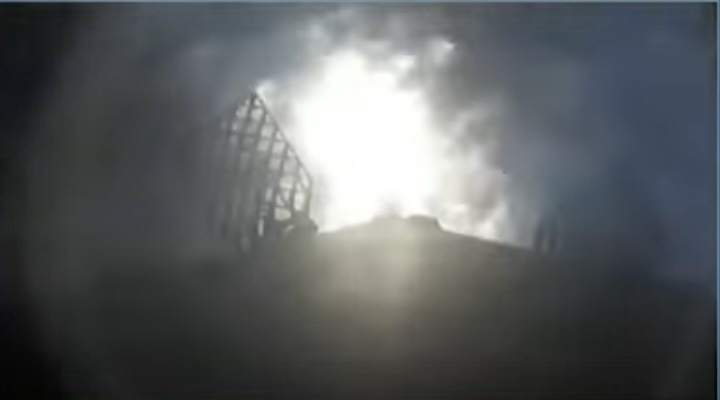

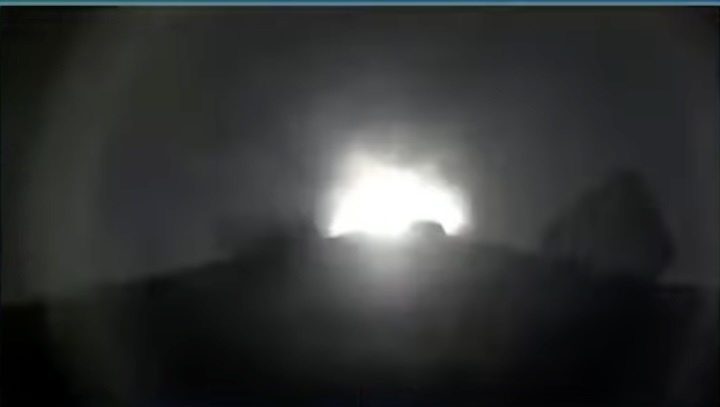
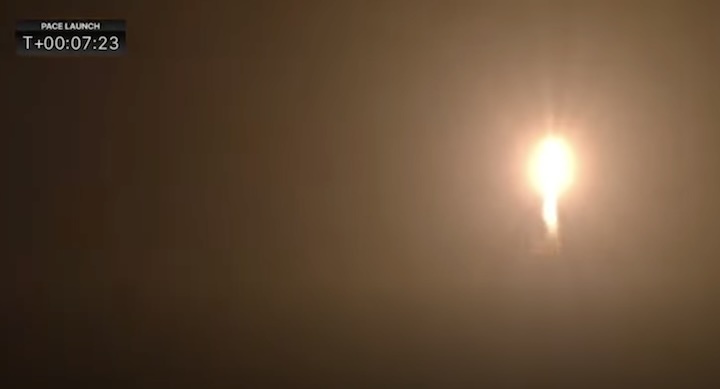


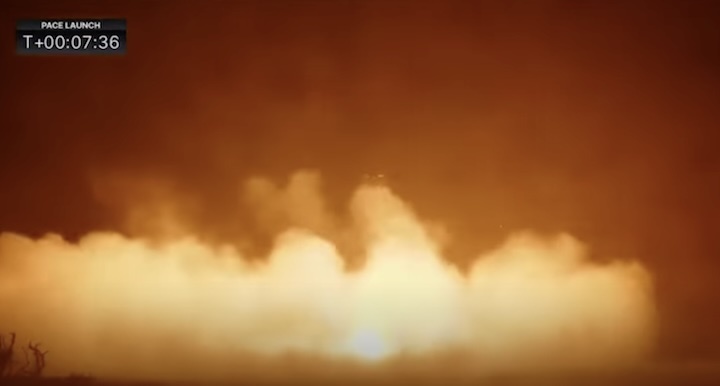



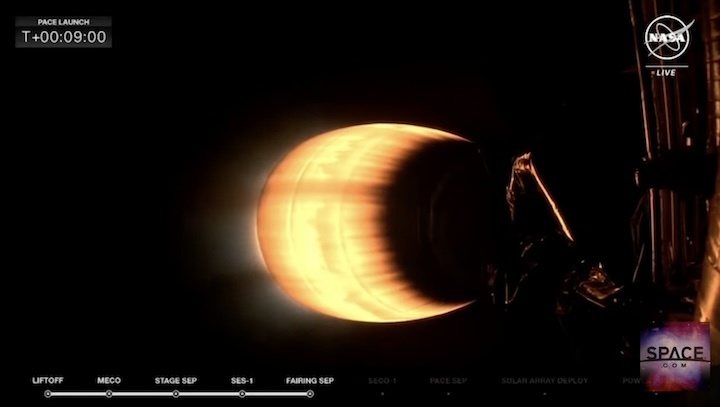
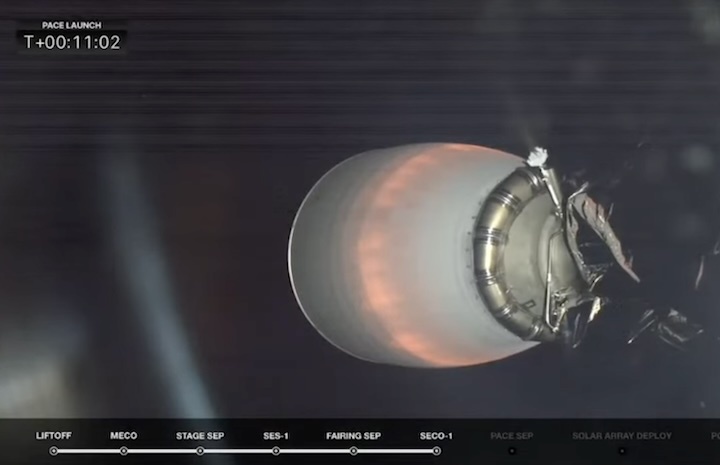
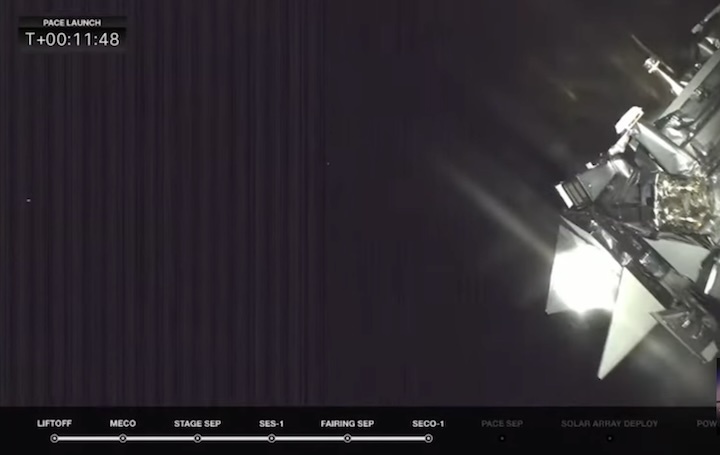
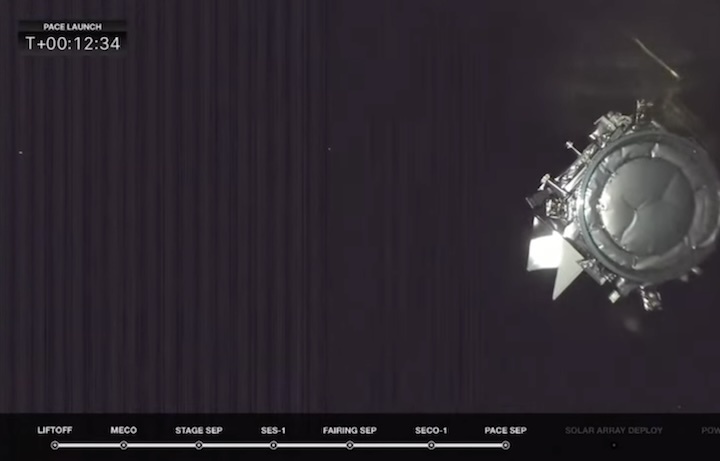
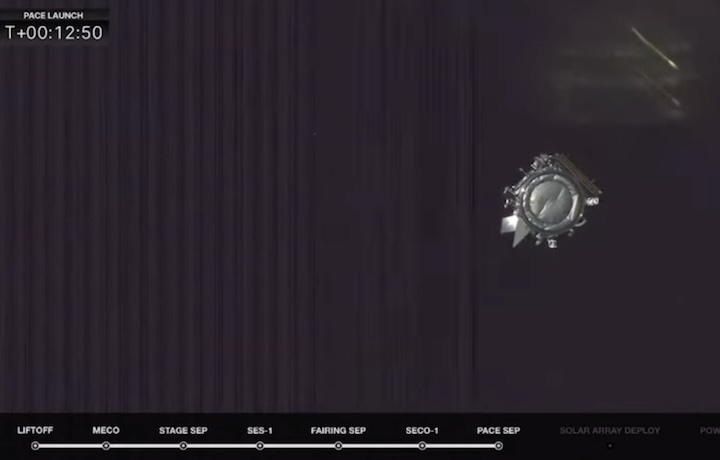
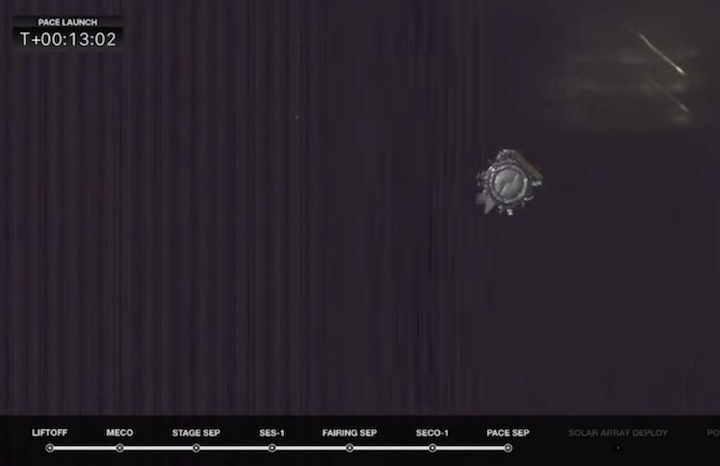
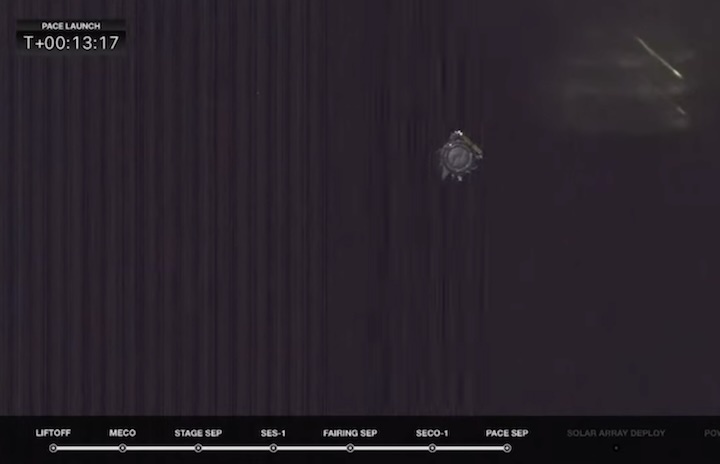
Quelle: SpaceX, NASA


